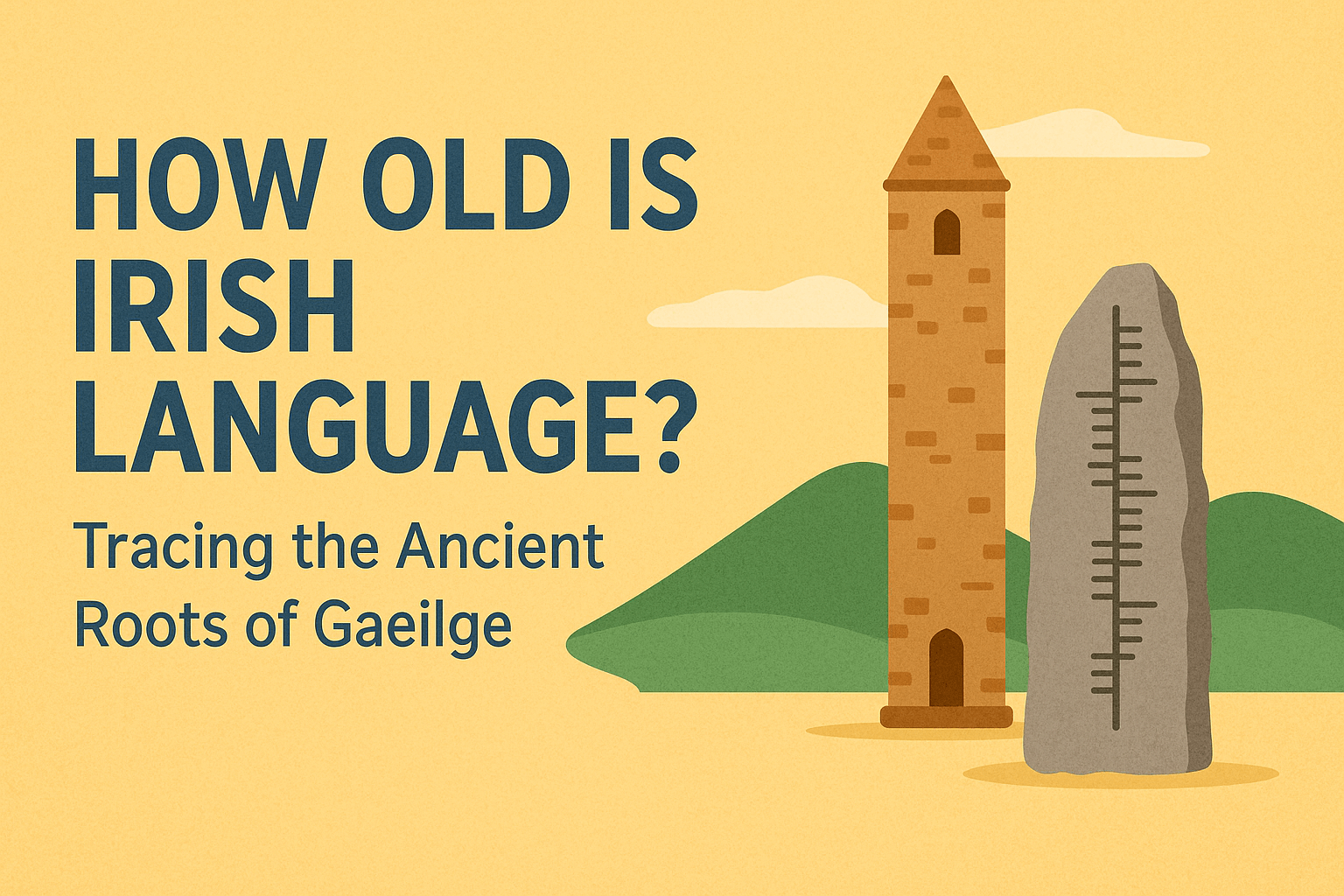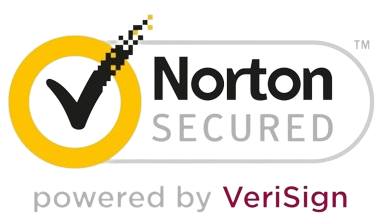The question “How old is Irish language?” may seem simple, but the answer opens the door to one of the most fascinating linguistic journeys in Europe. The Irish language—Gaeilge—is not only one of the oldest written and spoken languages still in use today, but it’s also a living connection to a rich Celtic heritage that has endured for thousands of years.
In this article, we’ll explore the origins and evolution of the Irish language, its survival through centuries of change, and how modern tools like Gaeilgeoir AI are helping ensure its vibrant future.
The Origins of Irish: How Far Back Does It Go?
A Language Older Than English
Irish is a Gaelic language from the Celtic branch of the Indo-European language family. It is believed to have arrived in Ireland with Celtic tribes sometime between 500 BCE and 100 BCE. This makes Irish at least 2,500 years old, possibly older.
By comparison, English—as we know it—only began to take form after the 5th century CE, making Irish significantly older than English, German, and many other European languages.
Old Irish (c. 600–900 CE)
One of the earliest records of written Irish comes from the Ogham script, used between the 4th and 7th centuries CE. This early alphabet, often carved on standing stones, provides some of the first concrete evidence of Irish as a written language.
From there, Irish evolved into what scholars now call Old Irish, a complex and highly inflected language preserved in monastic manuscripts. These documents, such as the Book of Armagh and the Lebor na hUidre, are crucial for understanding early Irish thought, religion, and society.
For more on the Ogham script and early writing, check out this Ogham Alphabet Guide.
Irish Through the Ages
Middle Irish (c. 900–1200 CE)
Middle Irish developed after the Viking invasions, serving as a bridge between Old Irish and Modern Irish. It was widely spoken across Ireland, Scotland, and the Isle of Man, influencing both Scottish Gaelic and Manx Gaelic.
Early Modern Irish (c. 1200–1650)
As English and Norman influence increased, Irish continued to be spoken by the majority of people on the island. However, colonial policies, such as those during the Tudor and Cromwellian eras, began to undermine Irish as a public and administrative language.
Despite suppression, the Irish language remained dominant in rural areas and held strong cultural and poetic traditions. Explore more about this era’s decline and revival.
Modern Irish (1650–Present)
From the 17th century onward, Irish entered its modern phase. Though the language faced steep decline due to British rule, famine, and emigration, it never disappeared. Today, Irish is recognized as Ireland’s first official language and one of the 24 official languages of the European Union.
How Gaeilge Is Still Evolving
So, how old is Irish language in a living sense? While its roots stretch back over two millennia, Gaeilge is still evolving today—shaped by modern media, technology, and learners across the globe.
Irish has adapted remarkably well to the digital age, thanks in part to innovations like Gaeilgeoir AI, which uses artificial intelligence to make Irish language learning more accessible, accurate, and engaging.
Why the Age of Irish Matters Today
Understanding the age and depth of Irish isn’t just trivia—it’s empowering. Here’s why:
1. Cultural Identity and Pride
Knowing you’re learning one of the oldest living languages in Europe creates a strong connection to Irish heritage.
2. Linguistic Uniqueness
Irish has sounds, grammar, and structures found in few other languages. This makes learning Irish a deeply rewarding intellectual experience.
3. Preserving a Language Under Threat
While Irish has seen a revival in recent decades, it remains a minority language. By learning and using it, you contribute to its survival.
To dive deeper into the cultural impact of Irish, check out this guide to ancient Irish language and its legacy.
Modern Tools for Learning an Ancient Language
Learning Irish has never been easier, despite its ancient roots. Here’s how Gaeilgeoir AI is helping the next generation of Gaeilgeoirí:
📱 AI-Powered Language Assistance
- Instant grammar correction
- Smart translation and context suggestions
- Adaptive learning tailored to your level
🎧 Pronunciation and Listening Practice
- Native-speaker audio clips in multiple dialects
- Real-time pronunciation feedback
📚 Rich Learning Materials
- Flashcards, quizzes, and lesson plans
- Daily practice goals and progress tracking
- Cultural notes embedded in lessons
Explore their free daily Irish practice plan to build habits around learning.
Fun Facts About the Irish Language’s Age and Legacy
- Ogham, the first known Irish alphabet, was often written vertically on standing stones.
- Some Old Irish texts predate English literature by centuries.
- Irish influenced English: words like “brogue,” “galore,” and “smithereens” have Irish roots.
- Irish was once spoken as far away as Newfoundland, Canada, by Irish immigrants.
External Resource Spotlight: Harvard’s Celtic Languages Program
For academic learners, the Harvard University Celtic Languages Program offers a deep dive into Old and Middle Irish and their relationship with other Celtic tongues. It’s one of many reputable programs preserving Irish through research and teaching.
FAQs About the Age of the Irish Language
Q: Is Irish older than Latin?
While Latin is also ancient (dating to the 6th century BCE), Irish as a distinct language likely formed later. However, Irish has remained continuously spoken and written for longer than many other European tongues.
Q: Is Irish still spoken today?
Yes! Irish is spoken daily in Gaeltacht regions, taught in schools across Ireland, and used by a global community of learners and heritage speakers.
Q: Can I learn Irish even if I’m not in Ireland?
Absolutely. Thanks to online tools like Gaeilgeoir AI, learners from anywhere in the world can access high-quality lessons and resources. See if it’s right for you—start your free trial today.
Final Thoughts: A Timeless Language for Modern Learners
So, how old is Irish language? At least 2,500 years, and it’s still going strong. Whether you’re learning Irish to explore your heritage, understand Celtic mythology, or simply take on a new challenge, there’s never been a better time to begin.
With cutting-edge support from Gaeilgeoir AI, you can tap into an ancient tradition with modern tools—keeping Gaeilge alive for generations to come.
Interested in learning more?
Explore other topics like common mistakes in Irish or basic Irish conversation tips, and continue your journey toward fluency.
Ready to begin your own Irish language journey?
Join thousands of learners preserving this ancient language—sign up for free with Gaeilgeoir AI and start speaking Gaeilge today


